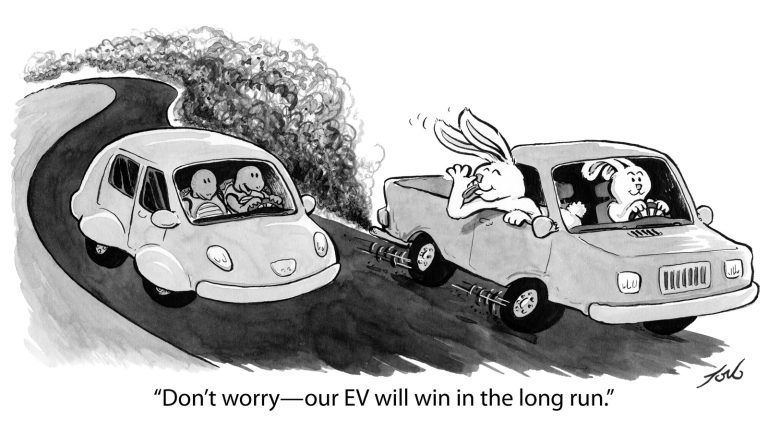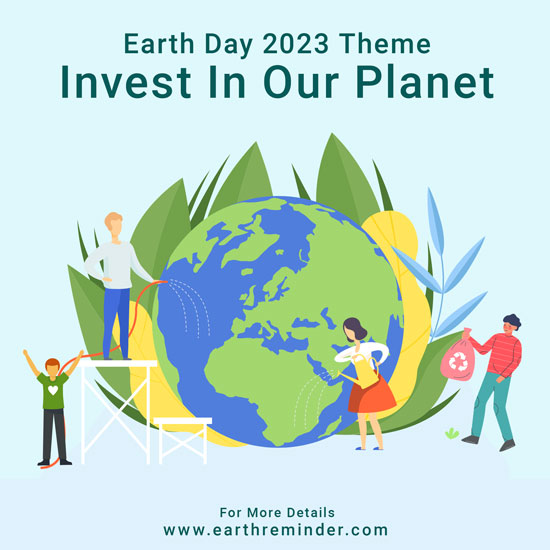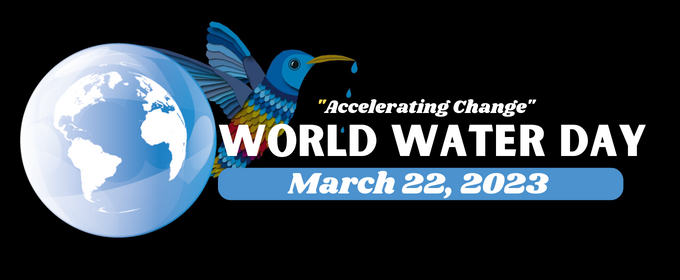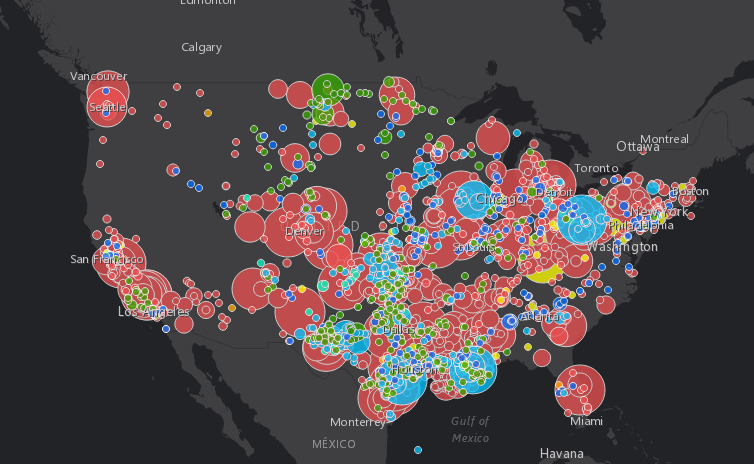Update to Sustainability WikiBook (Using the power of Generative AI)
It’s been a while since the Perpetual Sustainability(tm) wikibook has been updated. The idea behind the book was that people could link through on each sustainability-related topic and find up-to-date information on the topic as only Wikipedia can provide — the genius of crowdsourcing. We let ChatGPT 4.0 work on an update (and the graphic). What do you think? YOU Q: Please generate an outline improved from the one attached that includes hyperlinks to each…





